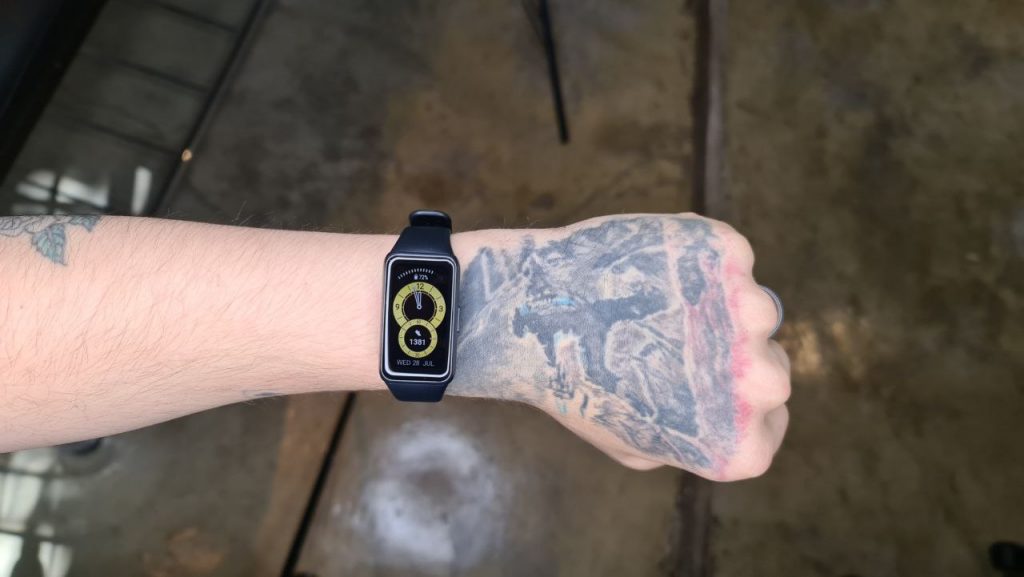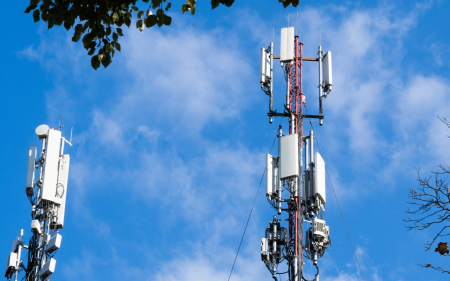While some of the features’ accuracy is questionable, the Huawei Band 6 has a few standout specs that make it a decent fitness tracker to strap to your wrist. It's a mightly useful (and comfortable) fitness tracker capable of handling long days and many different types of exercise. It costs R1,700 and will connect to both Android and iOS devices.
-
Interface
-
Price
Following the unfortunate two years Huawei’s had, the Chinese telecoms company persists with its new products — one of which we got our hands on recently. The Huawei Band 6 follows in a line of stellar fitness trackers, but brings some smarts to the party, along with new sensors and improved fitness features.
Smartwatches and fitness trackers are becoming increasingly prominent among smart-tech users.
You may not find your parents (or grandparents) especially excited about the proposition of wearing a small smartphone on their wrist. That is, until they find out how darned useful they can be. And they’re especially useful if you need to track some basic health stats.
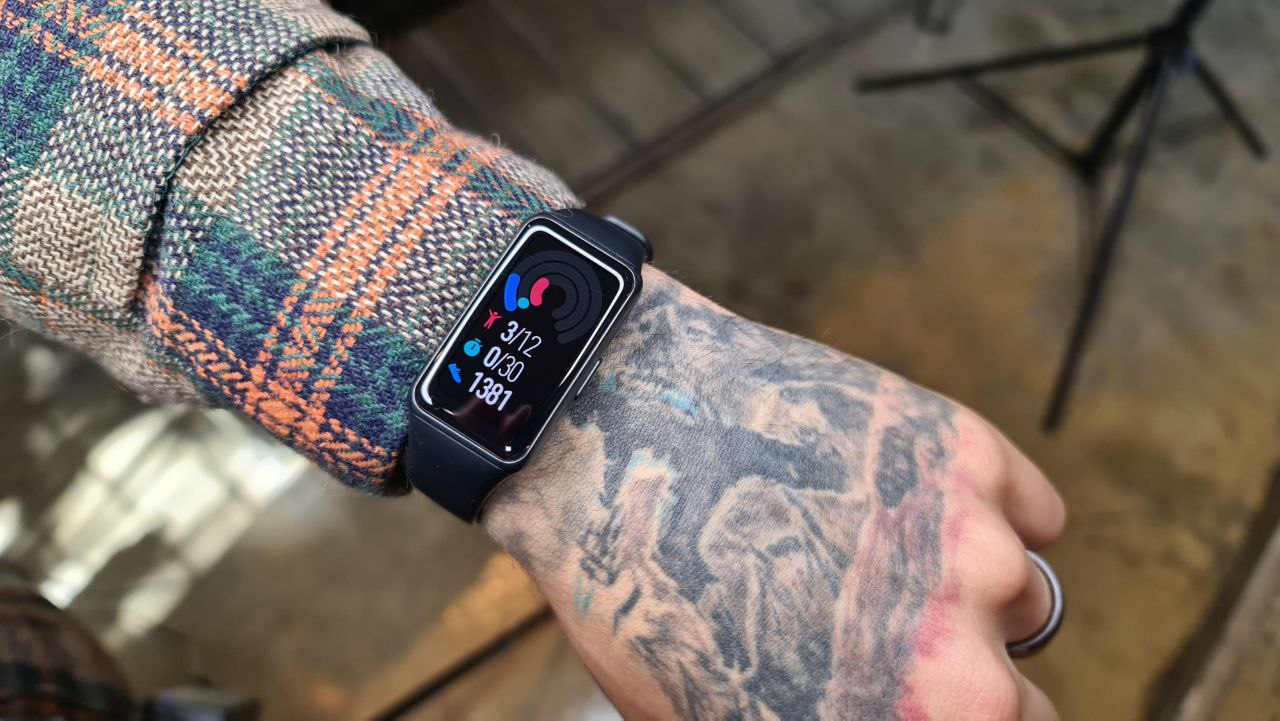 Yes, Huawei’s faced continuous struggles (and by ‘struggles’ we mean US government sanctions), but that doesn’t mean its tech has lost its spunk.
Yes, Huawei’s faced continuous struggles (and by ‘struggles’ we mean US government sanctions), but that doesn’t mean its tech has lost its spunk.
To preface this review: it’s important to note that I actually contracted COVID-19 while reviewing this device, and some of the features were exceptional, while others were a slight let-down.
Just fuggedaboutit
When you contract covid, there’s a very real and very intense brain fog experience. The feature I appreciated most during this time, was the long-lasting battery life on the Band 6. Because who wants to dig out and plug in a charger when your body feels like it’s being ripped apart?
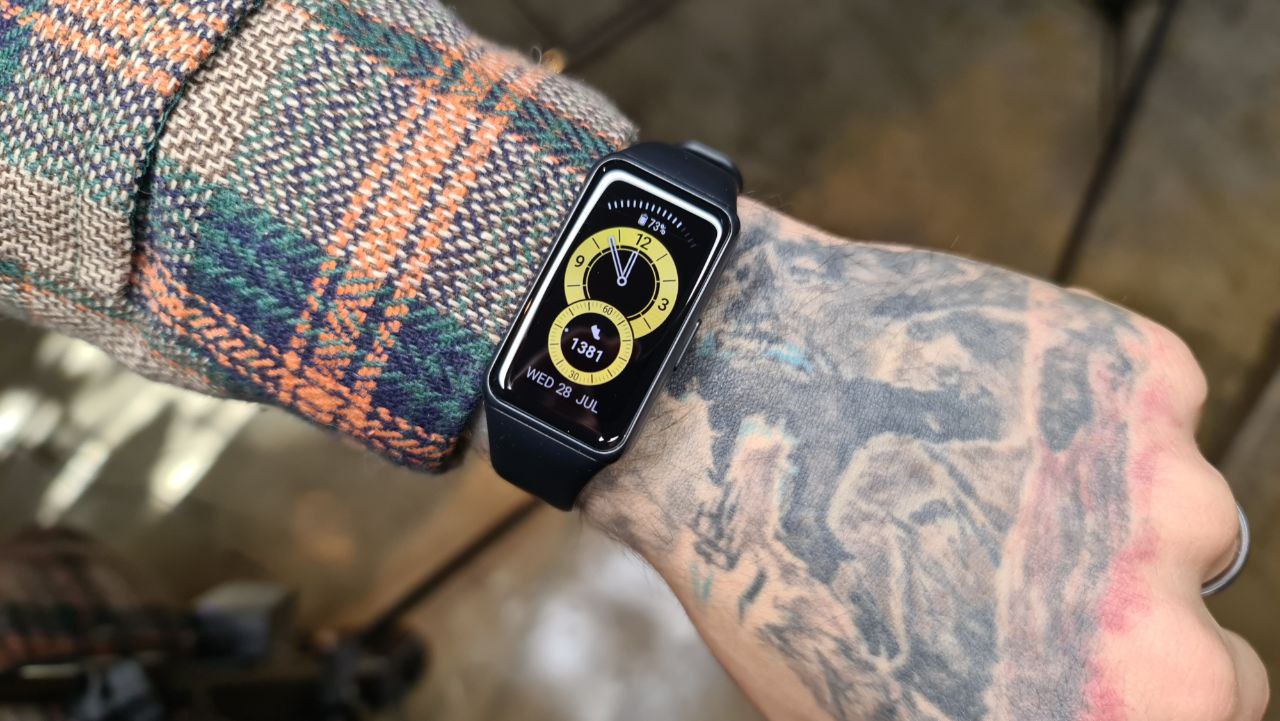 Of course, little movement and physical exercise contributed to the battery lasting longer, but we recorded 14 days on one charge. This is on par with many Huawei smart wearables we’ve used in the past, including the Watch range. While the physical battery is smaller on the Band 6, Huawei achieves longer battery life with clever software features.
Of course, little movement and physical exercise contributed to the battery lasting longer, but we recorded 14 days on one charge. This is on par with many Huawei smart wearables we’ve used in the past, including the Watch range. While the physical battery is smaller on the Band 6, Huawei achieves longer battery life with clever software features.
It’s smaller than the Huawei Watch Fit we saw from the brand last year, which makes it slightly more comfortable to wear for long periods of time. Its size is particularly useful when you want to slap on a tracker and forget it’s there until you need it.
It’s slimmer (read in English and Afrikaans)
The smaller size doesn’t equal a worse screen experience, however. The Band 6 features a 1.47in full-colour AMOLED display (that’s the same screen you’ll find on flagship smartphones), complete with an anti-fingerprint coating.
 You’ll interact with the device using swipes and taps on-screen, while it features a single clickable button on the right-hand side. This button allows you to open the menu, mainly. Otherwise navigating is seamless. It’s strapped to your arm with a UV-treated silicone strap which is very lightweight — we found it to feel slightly plasticky, but it’s comfortable to wear for long periods.
You’ll interact with the device using swipes and taps on-screen, while it features a single clickable button on the right-hand side. This button allows you to open the menu, mainly. Otherwise navigating is seamless. It’s strapped to your arm with a UV-treated silicone strap which is very lightweight — we found it to feel slightly plasticky, but it’s comfortable to wear for long periods.
Dropping features everywhere
You’re here for the features, we get it. Thanks to the pandemic, many users are after blood oxygen tracking and overall vital monitoring — and you’ll get that here. It may not be the most accurate, however.
Because I was infected with ‘the small C’, I made a point of measuring my blood oxygen using the SpO2 sensor on the watch. It’s a neat addition to many wearables in the market, and users with health issues likely enjoy having easy access to the feature. Unfortunately, however, I found the sensor to be inaccurate.
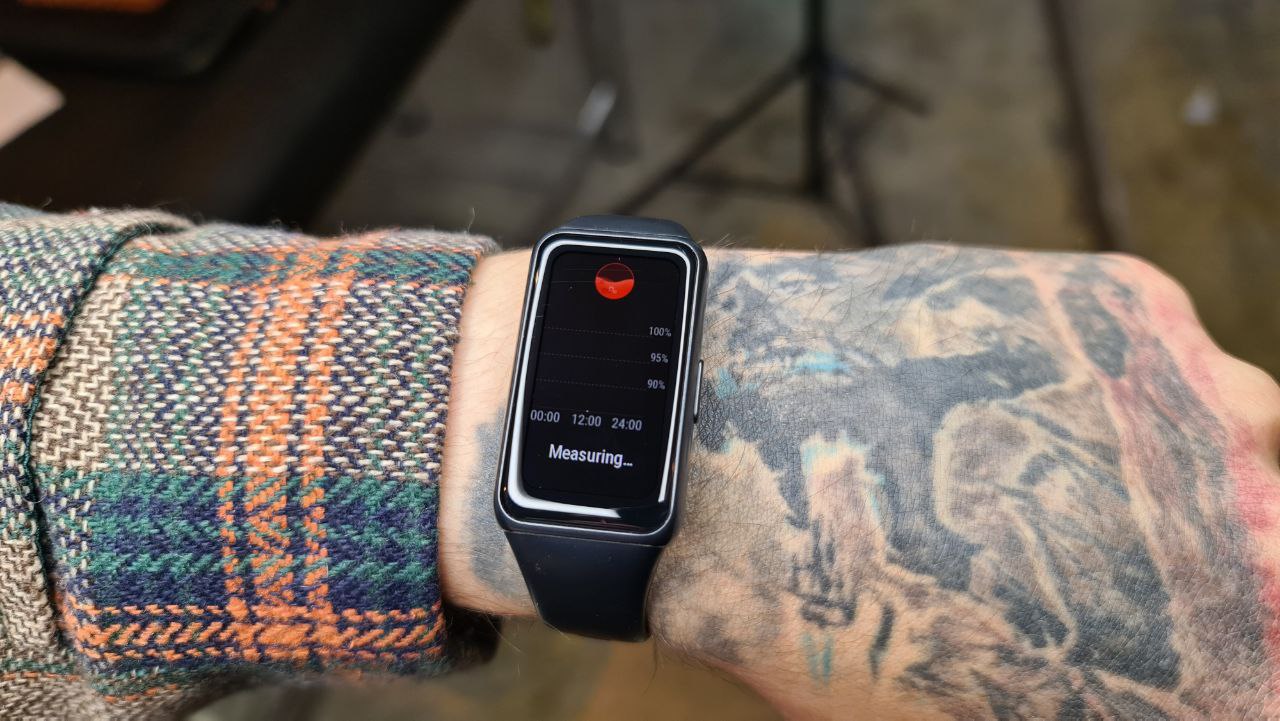 While in the midst of the worst symptoms (it’s important to note my symptoms were mild and I never needed additional oxygen), the SpO2 meter on the Band 6 would return 100%, 99% or 98% oxygen saturation. After a few days, I acquired an SpO2 monitor from a pharmacy that showed vastly different readings — all in the low 90’s.
While in the midst of the worst symptoms (it’s important to note my symptoms were mild and I never needed additional oxygen), the SpO2 meter on the Band 6 would return 100%, 99% or 98% oxygen saturation. After a few days, I acquired an SpO2 monitor from a pharmacy that showed vastly different readings — all in the low 90’s.
While having access to a health monitoring feature on your smart device is useful, it may not always be the most accurate, especially when there is a real health risk at hand. Other than the SpO2 sensor, the Band 6 features decent heart-rate tracking, sleep monitoring, exercise tracking, a step counter and a stress monitor that are useful in a basic health and fitness routine.
Huawei Band 6 final verdict
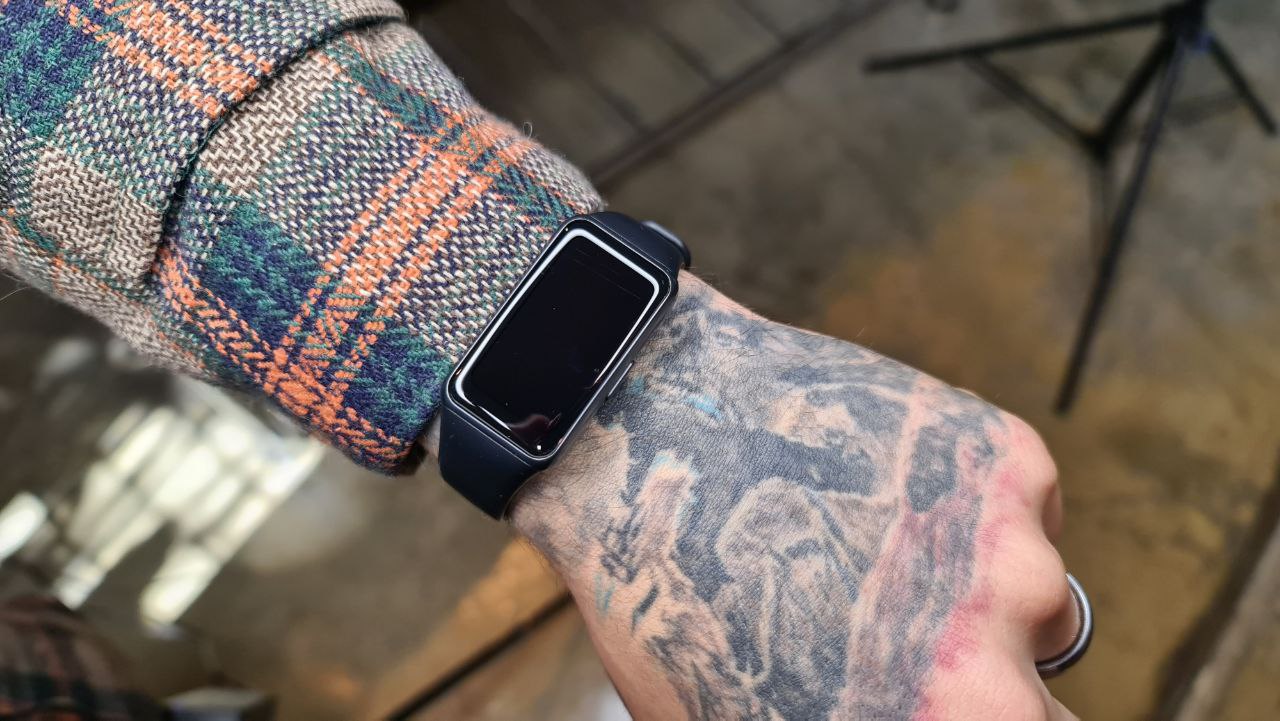 While some of the features’ accuracy is questionable, the Huawei Band 6 has a few standout specs that make it a decent fitness tracker to strap to your wrist.
While some of the features’ accuracy is questionable, the Huawei Band 6 has a few standout specs that make it a decent fitness tracker to strap to your wrist.
In addition to a brilliant battery, it’s water-resistant up to 50m, it’s got a built-in accelerometer and gyroscope and features automatic exercise tracking. That’s not even mentioning the bright display that can be viewed fairly well in direct sunlight — a useful point in South Africa’s harsh sun.
While we won’t recommend any fitness tracker or smartwatch as a health monitor, it’s nice to have at-a-glance access to some vitals when exercising or while you have mild symptoms.
Otherwise, the Band 6 is a mightily useful (and comfortable) fitness tracker capable of handling long days and many different types of exercise. It costs R1,700 and will connect to both Android and iOS devices. For the health-nuts, it’ll even contribute to your Discovery Vitality Rewards.

